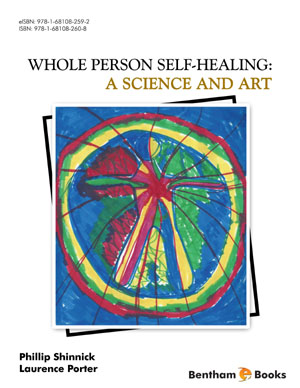Abstract
This chapter aimed to characterize, to compare and to classify the orthographic performance of attention deficit hyperactivity disorder (ADHD, according to the error semiology. The participants of this study were 36 students from the 3rd to the 5th grade level of the elementary school, divided in group I (GI): composed by 18 students with an interdisciplinary diagnosis of Attention Deficit Hyperactivity Disorder (ADHD), 60% male and 40% female, and group II (GII): composed by 18 students with a good academic performance, paired by gender, age, and grade, level according to GI. The students were submitted to Orthographic Evaluation Protocol (Pro-Orthography), in the following order: Collective Version: 1- Writing of alphabet letters, 2- Dictation at random of the alphabet letters, 3- Word dictation, 4- Pseudo words dictation, 5- Dictation with pictures, 6- Thematic writing motivated by a picture, and Individual Version: 7- Dictation of phrases, 8- Purposeful error, 9- Spelling dictation, 10- Orthographic lexical memory. The classification of errors was accomplished in the two types: the natural orthography and the arbitrary orthography. The results showed that those students present more difficulty in the use of the orthographic conventions on their writing, hampering their learning, mainly owing to the lack of attention, which modify the phonological work memory and the planning of writing. The data obtained indicate the existence of a profile that is not orthographic in the writing of the students with ADHD.
Keywords: Attention Deficit and Hyperactivity Disorder, Evaluation, Handwriting, Learning, Spelling.












